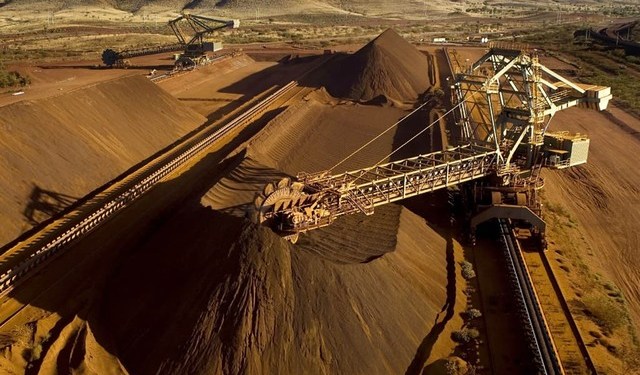By Terry Wade and Anna Driver
HOUSTON (Reuters) – Business is so tough for oilfield giants Schlumberger NV and Halliburton Co that they have come up with a new sales pitch for crude producers halting work in the worst downturn in years. It amounts to this: “frack now and pay later.”
The moves by the world’s No. 1 and No. 2 oil services companies show how they are scrambling to book sales of new technologies to customers short of cash after a 60 percent slide in crude to $ 45 a barrel.
In some cases, they are willing to take on the role of traditional lenders, like banks, which have grown reluctant to lend since the price drop that began last summer, or act like producers by taking what are essentially stakes in wells.
At Halliburton, some of the capital to finance the sales will come from $ 500 million in backing from asset manager BlackRock, part of a wave of alternative finance pouring into the energy industry that one Houston lawyer said on Thursday allows companies to “keep the engine running.”
When its second-quarter net profit tumbled by more than half a billion dollars to just $ 54 million, Halliburton’s Chief Executive Dave Lesar told analysts the company needed to find new revenue. The BlackRock money, he said, would allow Halliburton to “look at additional ways of doing business with our customers, different business models, push beyond where we have been today.”
Halliburton declined to provide additional details, including how many customers it has for its financing program, citing confidential dealings with clients. Schlumberger has said it has eight onshore refracking clients in North America.
Another variant, which Halliburton has considered and Schlumberger has pushed, is one in which the companies cover up-front costs for a producer and then get a piece of a well’s performance.
The services companies have made these special offers to producers in a bid to roll out the new business line of refracking, in which existing wells are worked over to lift output.
Halliburton and Schlumberger tout refracking as a cheap way of adding barrels because it avoids drilling new wells, which can cost several million dollars each.
TINY BALLS
One way to refrack involves injecting tiny rubber-coated balls and reactive fluids that can later dissolve in a well to seal off existing fissures in rock. This boosts pressure. Then, new cracks in rock that release oil are created with a pressurized frack slurry of sand, water and chemicals.
It is not yet clear how much business refracking will generate.
Oilfield services analyst Angie Sedita at the Swiss bank UBS said in a note to clients that refracking will “not be enough of a demand driver” in 2016 and will take time to make inroads.
Two prominent shale producers, EOG Resources Inc and Anadarko Petroleum Corp, have both said refracking technology needs improvement.
Others, including Chesapeake Energy Corp and Devon Energy Corp have said they have been refracking and are happy with the results.
Devon said this week it has refracked 1,000 wells over the years in North Texas and indicated it has no plans to tap unusual financing from a service company.
A few dozen wells have been refracked twice and the company said it is working on newer generation refracking methods for its large inventory of wells.
“We’ve got a great opportunity there and we’re continuing to prosecute that on our own,” Tony Vaughn, Devon’s executive vice president for exploration and production said on Wednesday.
Schlumberger Chief Executive Paal Kibsgaard has acknowledged producers might be unwilling to give up output from a well they think will be lucrative, and instead choose a traditional services contract.
“It’s just a reflection of do they want to capture more of the value themselves or would they like to outsource all the risk and potentially much more of the upside to us?,” he said on the company’s July results call.
(Reporting By Anna Driver; Writing by Terry Wade; Editing by John Pickering)


























